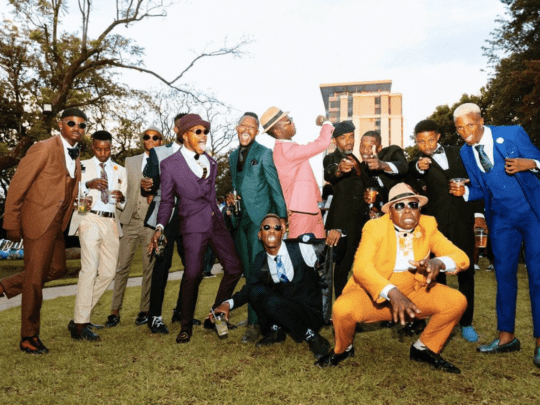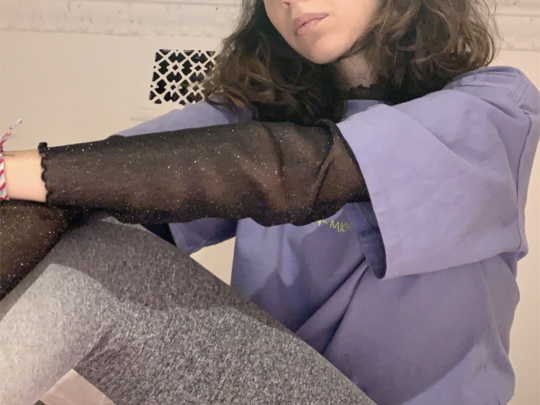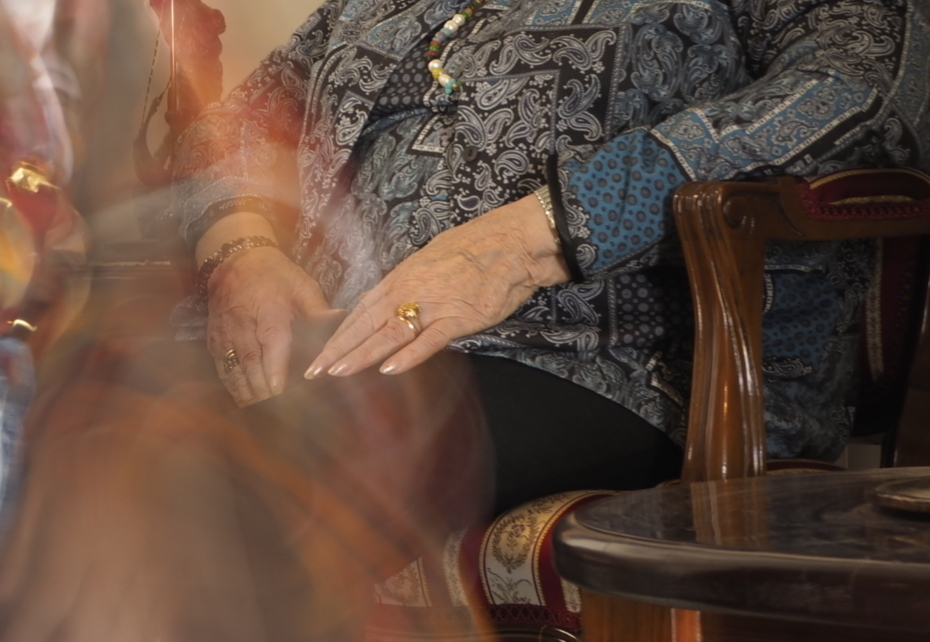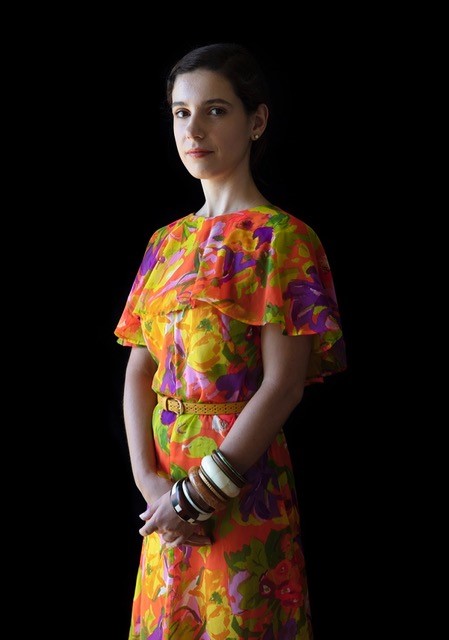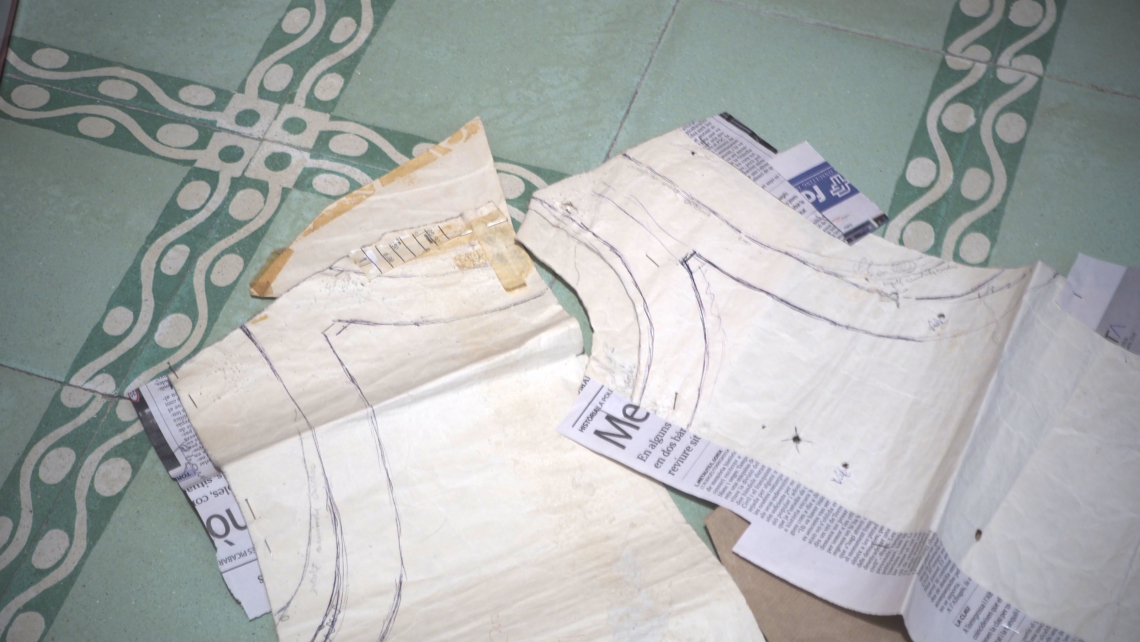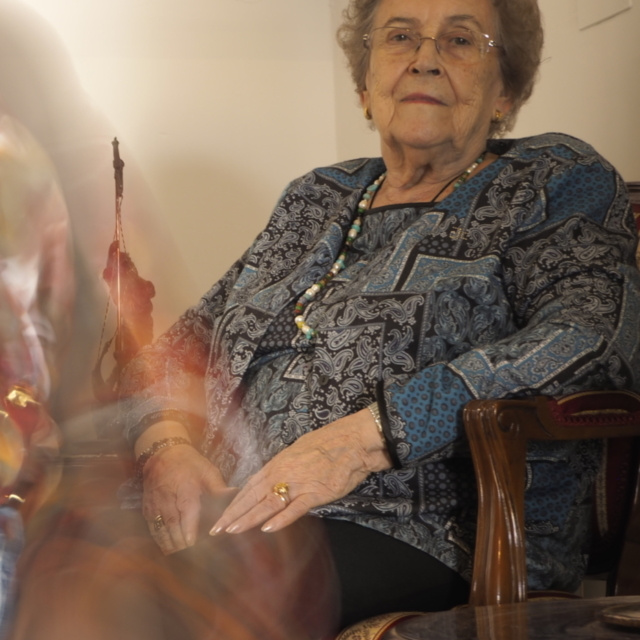My grandmother Paquita fought for her own agency through fashion and style. It was the 1950s, the early years of Franco’s dictatorship, and career options for women from agriculture-based small villages usually narrowed overnight when they married.
Paquita became a village seamstress in Linyola, Catalunya, making expensive creations accessible to her fellow villagers by creating copies using fabrics chosen by her clients. Today, we call this reverse-engineering. Back then, it was just a way of making a humble living.
“I used to watch the shop windows from the street and drew some quick sketches in my small notebook,” says Paquita, now 90 years old. “At home, I created the patterns and the toiles.”
Pattern cutting is a highly evolved skill. Pattern cutters and seamstresses are accomplished individuals capable of transforming real clothes into paper and back into clothes – from 3D to 2D and back to 3D. The question for fashion historians now is simple – are we paying enough attention to the role of pattern cutters and seamstresses as shapers of fashion history?
They worked in ateliers or at home and their names never appeared on the label of the clothes. Their deep technological knowledge of pattern cutting is needed as much as ever, even as we progress to digital and virtual technologies. A 21stcentury generation of fashion history scholars has broadened their focus to explore the methods of these specialists, with ample room for further broadening. “There’s scope to just take our research and apply it to other focuses and continue,” says Isabella Coraça, dress historian, curator and project manager of Exploding Fashion: Cutting, Constructing and Thinking Through Things.

